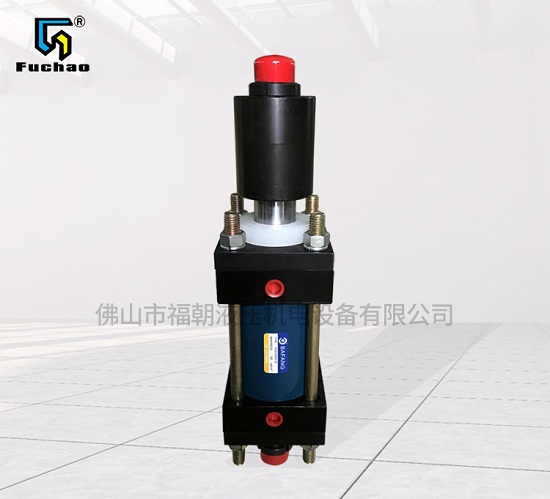Hydraulic cylinder Is equivalent to Hydraulic system If the oil cylinder is "strong", the digging force will be large and the working efficiency will be improved accordingly,
Therefore, the protection of the hydraulic cylinder must be very rigorous and meticulous,
Do you know that when the hydraulic cylinder leaves the factory, certain protective measures will be taken to extend the service life of the product?
When storing hydraulic oil cylinders, it is necessary to distinguish between short-term storage (at most three months after arrival) and long-term storage (in other cases),
below Hydraulic cylinder manufacturer Let's introduce the protection methods of the hydraulic cylinder, and let's have a look.
1、 Loaded oil cylinder
(1) Storage conditions
The part of the piston rod extending out of the hydraulic cylinder shall be wrapped with foam paper as far as possible to prevent corrosion,
It should also be covered with waterproof paper to prevent the loss of lubricating oil when the temperature is high,
In addition, the piston rod shall be wrapped with cardboard as far as possible to prevent mechanical damage.
(2) Short term storage
No special measures are necessary for short-term storage of no more than three months, but the general storage conditions must be met.
(3) Long term storage
The following protective measures shall be taken for the hydraulic cylinder exposed for a long time and not operating:
1. Water vapor condensation and corrosive gas shall be prevented.
2. The part of the piston rod extending out of the oil cylinder must be coated with protective grease (F20-1 antirust oil+lithium base grease 3 # mixed) to prevent rust.
3. If the site environment is bad, it must be covered with waterproof paper to prevent the loss of lubricating oil and the adhesion of dust when the temperature is high.
4. Regular appearance inspection shall be carried out, and foreign matters found on the piston rod surface shall be cleaned in time,
5. At the same time, for those stored indoors, the hydraulic cylinder of the whole vehicle shall be operated in full stroke at least once every half month.
6. Outdoor storage shall be conducted once a week.

2、 Accessory oil cylinder
(1) Storage conditions
1. The hydraulic oil cylinder shall not be directly affected by the weather change during storage, and shall be protected from direct sunlight and rain,
2. The storage place must be dry and well ventilated.
3. Water vapor condensation and corrosive gas shall be prevented.
4. The part of the piston rod extending out of the hydraulic cylinder shall be wrapped with foam paper to prevent corrosion.
5. Also cover with waterproof paper to prevent the loss of lubricating oil when the temperature is high.
6. In addition, the piston rod shall be wrapped with cardboard as far as possible to prevent mechanical damage.
7. Note: It is strictly prohibited to store and place the hydraulic cylinder when the oil port plug is removed or the residual oil in the hydraulic cylinder is pumped out.
(2) Short term storage
10% mixed antirust oil has been added into the hydraulic cylinder after factory verification,
Therefore, it is unnecessary to take special measures for short-term storage of no more than three months.
However, the general storage conditions must be met.
(3) Long term storage
In addition to short-term storage measures,
The following measures need to be added:
1. The cylinder must be filled with 100% hydraulic oil.
2. The cleanliness of media must meet NAS8.
3. The oil cylinder rotates half a circle every two months to prevent the seal from sticking.
4. In addition, unprotected parts, such as assembly surfaces, machined surfaces and spherical plain bearings, must be protected with special antirust oil.
3、 Availability verification
If the hydraulic cylinder has been stored for more than one year, or the actual storage conditions cannot meet the requirements given in the previous section,
Before the hydraulic cylinder is put into use, its usability must be comprehensively checked and must be confirmed by functional test.
These functional tests include:
1. Pressurize to 3MPa for 10 minutes to check whether there is leakage inside and outside.
2. Extend and retract the hydraulic cylinder for more than 50 times.



